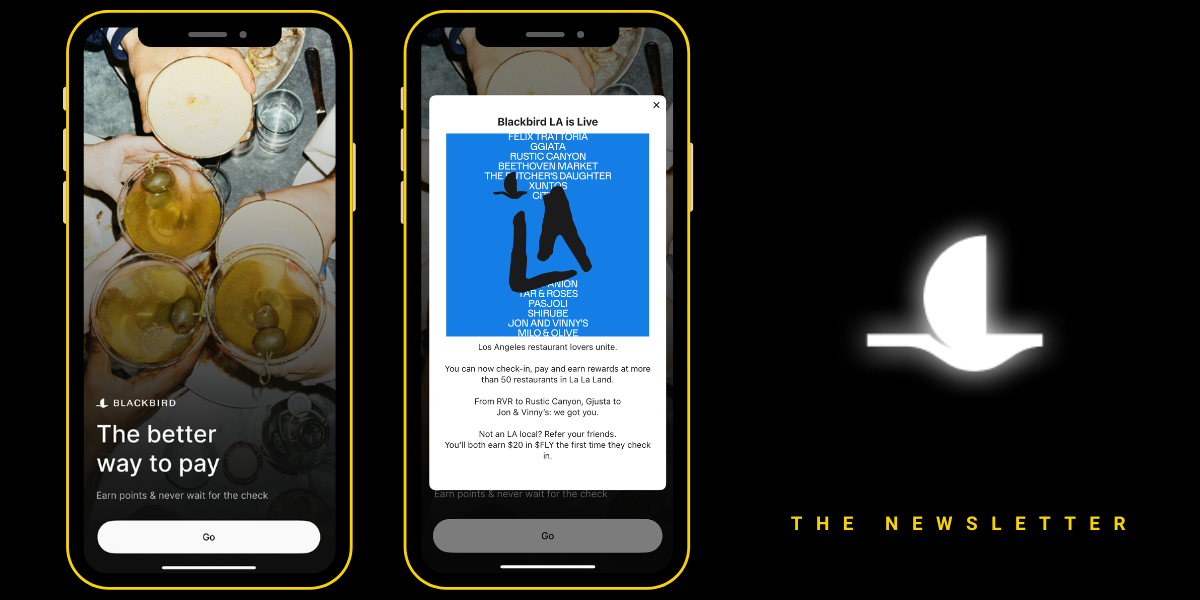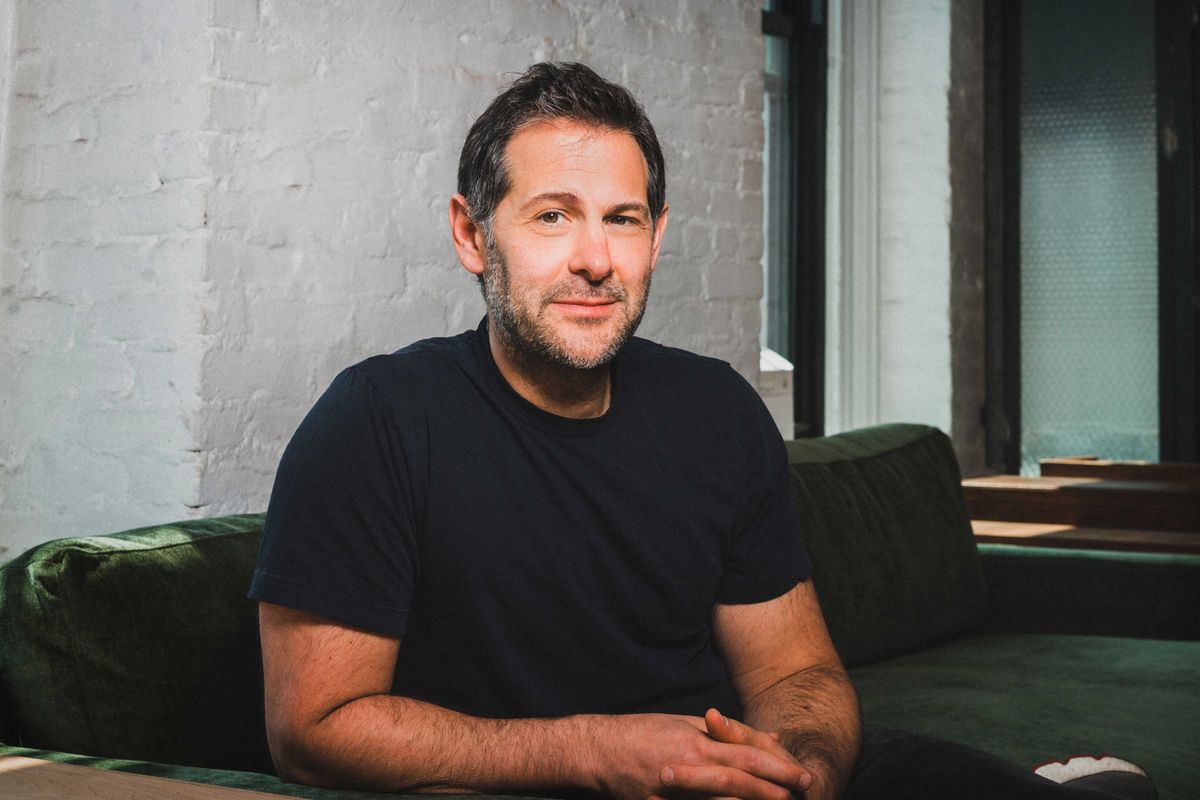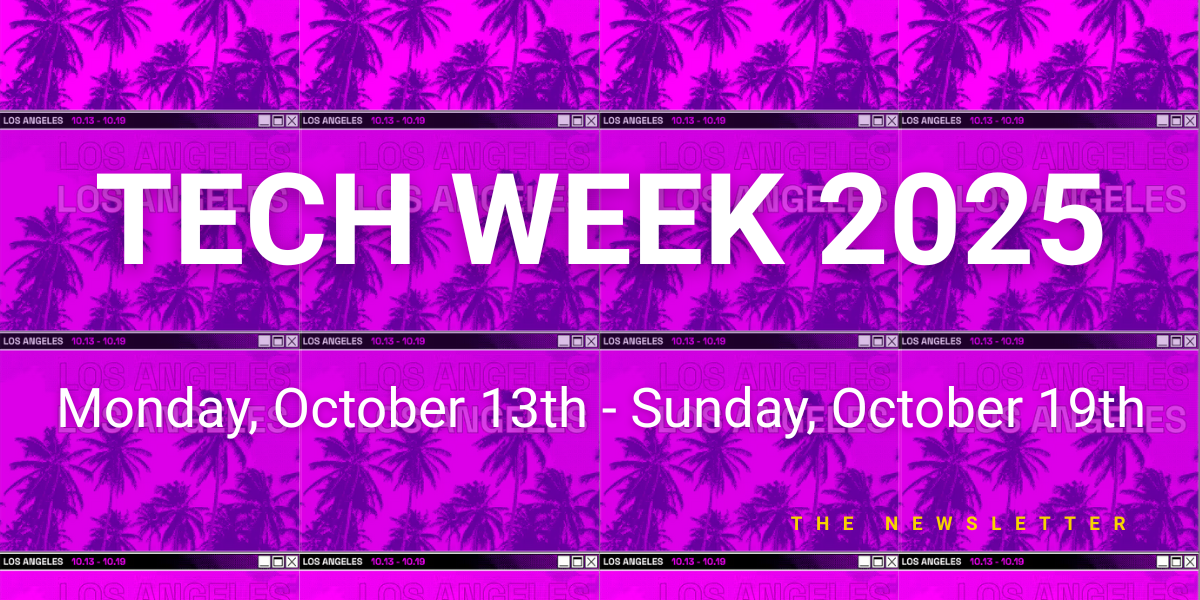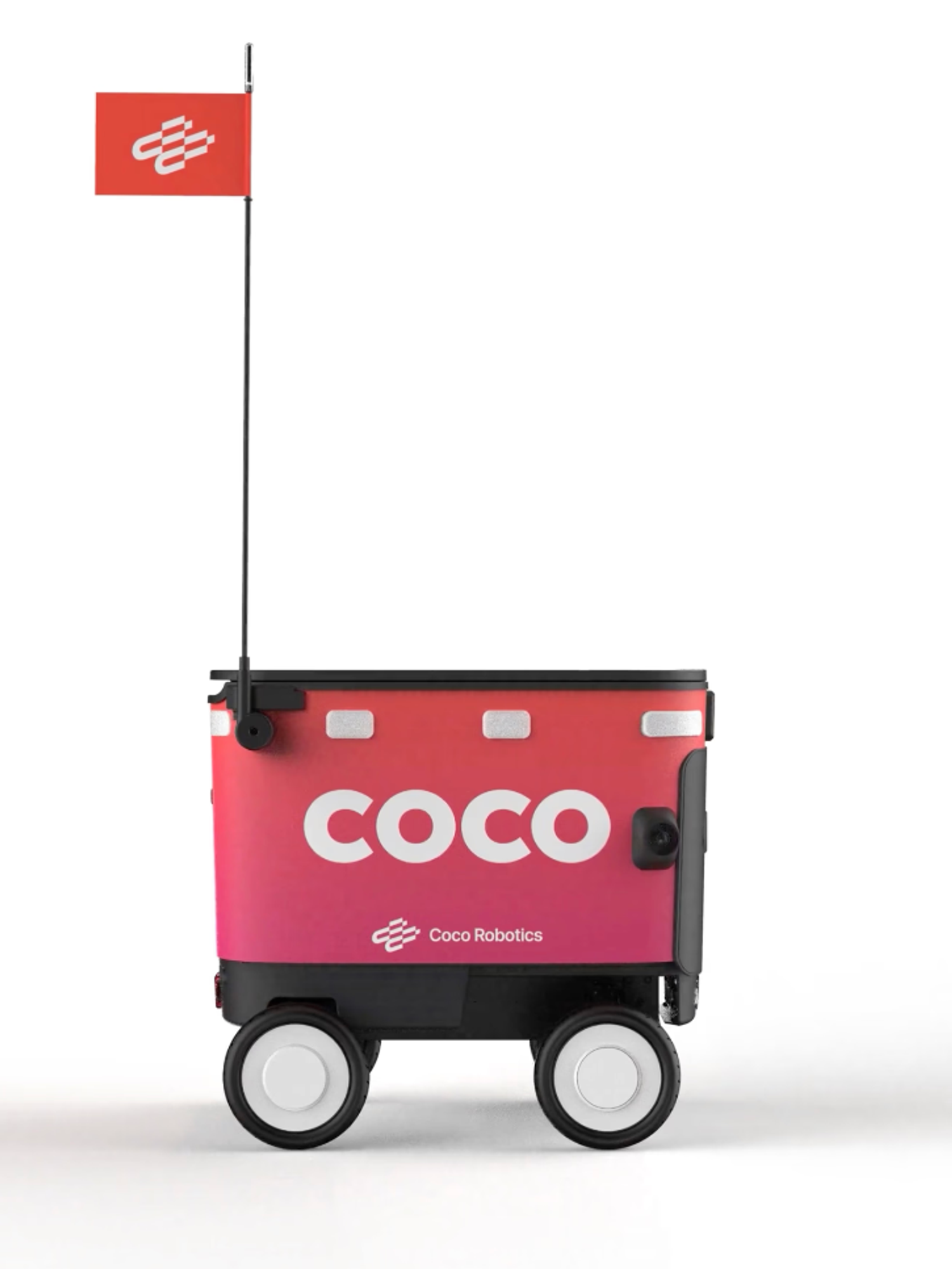Zedge Expands Into LA, Looking to Grow Short-form Storytelling
Sam primarily covers entertainment and media for dot.LA. Previously he was Marjorie Deane Fellow at The Economist, where he wrote for the business and finance sections of the print edition. He has also worked at the XPRIZE Foundation, U.S. Government Accountability Office, KCRW, and MLB Advanced Media (now Disney Streaming Services). He holds an MBA from UCLA Anderson, an MPP from UCLA Luskin and a BA in History from University of Michigan. Email him at samblake@dot.LA and find him on Twitter @hisamblake

New York-based Zedge may be best known for helping people personalize their mobile phones with ringtones and wallpapers. But it has recently expanded into storytelling as well. Now, it's strengthening its Los Angeles ties in hopes of broadening its reach in the entertainment industry.
The company announced Thursday that L.A. attorney and entrepreneur Greg Suess is joining the board.
Suess is currently a partner and co-founder of L.A.-based Activist Artists Management.
"They have some interesting ideas they want to put to work in entertainment and tech, and they viewed me with my background of family offices and working in film, TV, music and digital media as a good match," Suess told dot.LA.

L.A. attorney and entrepreneur Greg Suess is joining Zedge's board.
Suess was mentored early on by Michael Milken, who steered him toward joining one of L.A.'s leading entertainment law firms, where he took over the tech practice as a young lawyer. Over his career he has worked with big family offices from the likes of Tony Khan (co-owner of the NFL's Jacksonville Jaguars) and Las Vegas magnate Kirk Kerkorian.
In 2019, Zedge launched Shortz, an app that serves up short-form stories told as a series of text messages between characters. It will soon release Shortcastz to deliver bite-sized series via podcast.
The company's 30 million monthly active users and 400 million installs could help entice content-producers to join Zedge, Suess said.
"If you can tap into 30 million people to accelerate the launch of what you're doing, and have an engineering powerhouse behind you, I think that's a pretty attractive selling proposition," he said. He likened Zedge to a "SPAC with benefits," referring to the special purpose acquisition company structure that has lately become an increasingly popular vehicle to take companies public.
Suess said Zedge's acquisition targets could include content libraries, intellectual property, distribution technologies, and other assets they think could complement their business. And he believes they will be able to make appealing offers.
"I think they could be a tremendous acquirer of businesses," he said.
Zedge is one of several companies spun off from New Jersey-based IDT Corporation, a key piece of the business empire of telecom tycoon Howard Jonas and his son Michael, who are Zedge's primary shareholders.
Suess called the Jonases "savvy media investors on a macro scale" and said he anticipates they and Zedge CEO Jonathan Reich will be looking to make deals in L.A.
Other companies that have spun out of IDT include Straight Path Communications, which Verizon acquired for $3.1 billion; Net2Phone, in which AT&T invested $1.1 billion; and IDT Entertainment, which Liberty Media acquired for $500 million.
"They're really open and entrepreneurial – that's one thing I've noticed about the Jonas family," said Suess. He is intrigued that there's "this billionaire practically no one's heard of, who's been described as the best investor you've never heard of...doing more in L.A. with Zedge and content and podcasting and short-form stories."
Zedge's announcement Thursday underscored the recent success of serialized short-form narrative content, including Radish's fundraise of $63.2 million earlier this week from Softbank and Kako, as well as recent raises by Unrd and Yarn.
Sam primarily covers entertainment and media for dot.LA. Previously he was Marjorie Deane Fellow at The Economist, where he wrote for the business and finance sections of the print edition. He has also worked at the XPRIZE Foundation, U.S. Government Accountability Office, KCRW, and MLB Advanced Media (now Disney Streaming Services). He holds an MBA from UCLA Anderson, an MPP from UCLA Luskin and a BA in History from University of Michigan. Email him at samblake@dot.LA and find him on Twitter @hisamblake




 Image Source: Blackbird
Image Source: Blackbird
 Image Source: Anduril
Image Source: Anduril Image Source: Impulse Space
Image Source: Impulse Space Image Source: Coco Robotics
Image Source: Coco Robotics